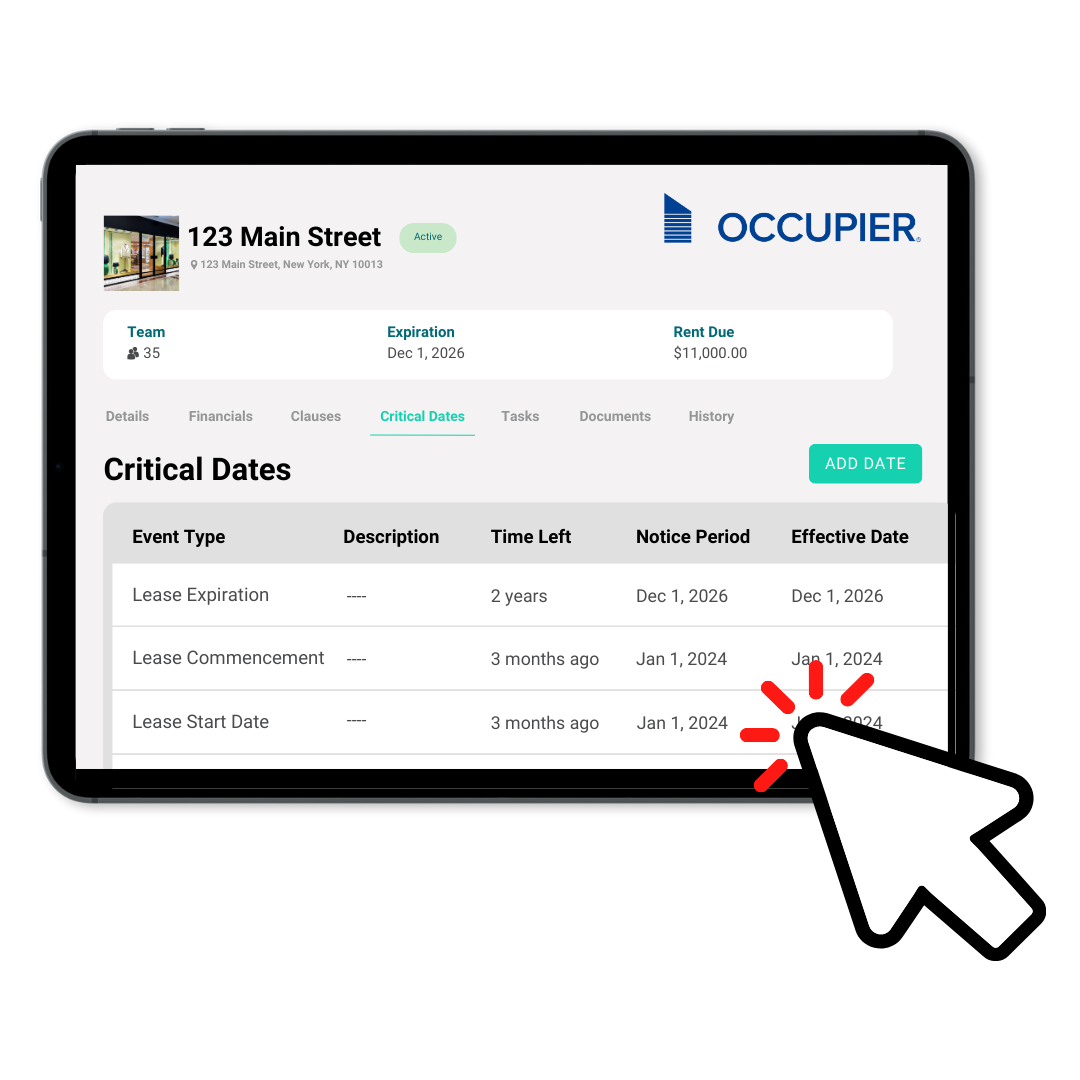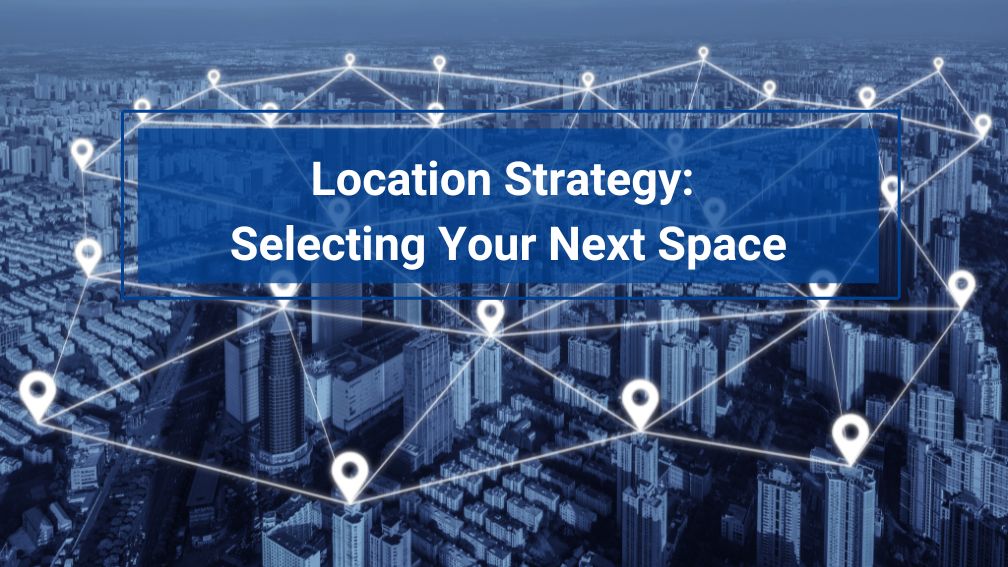Location Strategy: Selecting Your Next Space
Last Updated on June 27, 2024 by Morgan Beard
Ever wondered why some businesses thrive while others struggle, even when they’re offering similar products or services? The secret sauce might just be their location strategy!! But how do you find that perfect spot for your business to bloom? Let’s dive into the world of location strategy and uncover some insider tips to help you make the right choice.
Why Your Business Address Matters More Than You Think
Choosing where to set up shop or open office locations isn’t just about finding a nice building or a busy street corner. It’s about positioning your business in the sweet spot where your target customers, talent, operational needs, and budget all align. A great location can help you connect with your ideal customers, stand out from the competition, make life easier for both customers and employees, and keep your finances healthy.
5 Factors in Picking the Perfect Spot
So, how do you go about finding this dream commercial real estate location? Here are five key factors to consider:
1. Geographic Analysis
Don’t just rely on online data. Dive deep into the demographics of potential areas. Look at population density, income levels, age distribution, and growth trends. But remember, numbers don’t tell the whole story. Get out there and explore! Talk to locals, attend community events, and get a real feel for the neighborhood vibe. Is it up-and-coming or past its prime? Are there exciting developments on the horizon that could change the game?
2. Facility Analysis
Time to put on your detective hat! Visit potential locations at different times of day and week. Is there consistent foot traffic? Do nearby businesses seem to be thriving? Pay attention to the physical aspects of the space. Is it easily visible from the street? Is there adequate parking? How’s the lighting? Does the building look modern or is it stuck in another decade. How a space looks & feels greatly impacts your business success — from the hardscaping to the interior ambiance. Remember, sometimes the best market research is simply observing and listening.
3. Target Audience & Market Segmentation
Who are your dream customers? What are their habits, preferences, and pain points? Use a mix of surveys, social media analysis, and good old-fashioned conversations to build a clear picture of who you’re trying to reach. Then, look for locations where these ideal customers are likely to live, work, or hang out. Don’t forget to consider future trends – where will your target audience be in five years?
4. Competitive Analysis
Your competitors aren’t just obstacles – they’re also valuable sources of information. Analyze what they’re doing right (and wrong) to inform your strategy. Sometimes, the best move is to position yourself near successful competitors to benefit from their customer draw. Other times, you might spot an underserved area ripe for your business. Remember, it’s not just about avoiding competition; it’s about finding your unique place in the market ecosystem.
5. Financial Analysis
Now it’s time to crunch those numbers! Consider all the costs associated with each potential location – rent, utilities, taxes, and potential renovation or build-out expenses. But don’t stop there. Estimate potential revenue based on factors like foot traffic, local income levels, and competitor performance. Look into local incentives or tax breaks that might be available for new businesses. And don’t forget to factor in less tangible aspects like local business climate and growth potential. A spreadsheet can’t capture everything, but it’s an essential tool in making an informed decision.
The Secret Sauce: Balancing All the Factors
The key to finding your perfect business location lies in balancing all these factors. A spot with great foot traffic might have sky-high rent. An affordable location might need significant renovations. The area with your ideal demographic might also be saturated with competitors. The site selection process is a strategic decision that takes into consideration a range of factors:
Your job is to weigh these factors against your specific business needs, goals, and resources. Consider questions like:
- How important is foot traffic for your business model?
- What is the proximity to transportation or neighboring businesses?
- Do you need a space that can accommodate future expansion?
- How much renovation can you afford or are you willing to do?
- Is being part of a specific community or business district important for your brand?
- What are the fixed and variable costs for one location vs another location?
- What physical qualities are absolutely necessary in your shortlist of prospective locations?
- Does the space meet your operations management and operating costs goals?
Remember, there’s no one-size-fits-all solution. What works for a trendy café or SMB office space might be all wrong for a professional services firm. The perfect location aligns with your brand, serves your target audience, fits your budget, and positions you for long-term success.
Wrapping It Up: Your Move
Choosing the right location for your business is part science, part art, and a dash of intuition. It’s about finding that sweet spot or particular site where data, observation, and your unique vision for your business all come together.
So, armed with these insights, are you ready to find your business’s new home? The perfect spot is out there – it’s time to go and claim it! Remember, this decision can have a huge impact on your success, so take your time, do your homework, and trust your instincts. Your new location is waiting!

Product Tour
Take a self-guided tour and see how the fastest-growing commercial tenants leverage Occupier for lease management & lease accounting.

